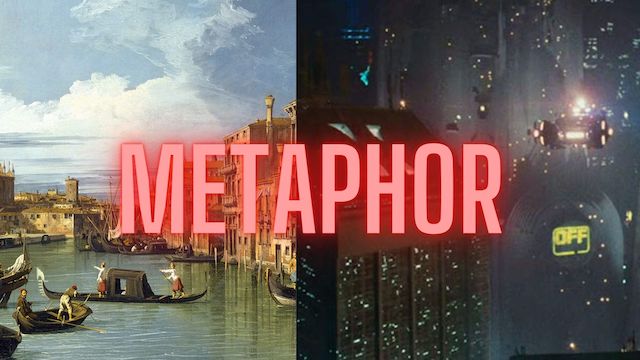The Chapter Writing Adventure

Each Chapter is a New Beginning
Both planners and pantsers start each chapter with an idea of what will happen. As you write, the creative process leads you into the setting. You get in the flow. You see the characters and hear them speak. And, that’s where the adventure begins.
As a novel writer, you build your story scene by scene. Whether you are a discovery writer or have a detailed outline, each scene drives the story forward.
But during the writing process characters take on a life of their own. They do something you hadn’t planned in your outline. Or, they say something to another character that leads the story in an unexpected direction.
The Balance Between Diversion and Direction
New writers can be thrown off-kilter when characters take on a life of their own. Or a supporting character’s action can be so intriguing they go off on a tangent to explore that character’s charm or wit or threatening presence.
It’s just at this point where neuroscience provides answers about what to do with an engaging character action. Your brain created the unexpected action and you are in charge of how you respond to the new information.
Your decision to keep exploring the character action depends on your mental awareness and the objective you have for your story. This awareness helps differentiate between direction and distraction. As writer David Amerland explains in his article on Goodreads,
More importantly it helps identify when distraction leads to direction through the serendipitous connection of fields of overlapping interest.
Think of what your brain concocts as you are writing as serendipity. In order for your character actions to work in your mystery, you need to find that balance between diversion—expanding a supporting character—and staying true to your story vision.
Consider your character’s unplanned action. For the sake of checking your new character vision consider either dialogue or action as an action. Then ask yourself these questions to help determine how to continue.
- Does the character action fit the scene?
- Does the character action move the story forward?
- Does the character action change the direction of the story?
- Does the direction fit the story?
- Does the direction alter the course of the story?
When you answer each question honestly, keeping your story vision in mind, you can make clear decisions about where to go with the character’s unplanned action that occurred in your writing flow.
As you gain experience with writing, you will automatically respond to unplanned character actions with these questions. You will stop thinking of these character actions as part of the writing process. And, most importantly, you will acknowledge the questions as part of the writing process, too.
Trust Your Story Vision
Each scene, each chapter, you write is a puzzle piece that leads your reader into your mystery. Trust your story vision and you will trust the writing process. As you work the writing process you’ll come to discover the adventure your characters give you as you write each chapter.
Photo by Blake Wheeler on Unsplash






